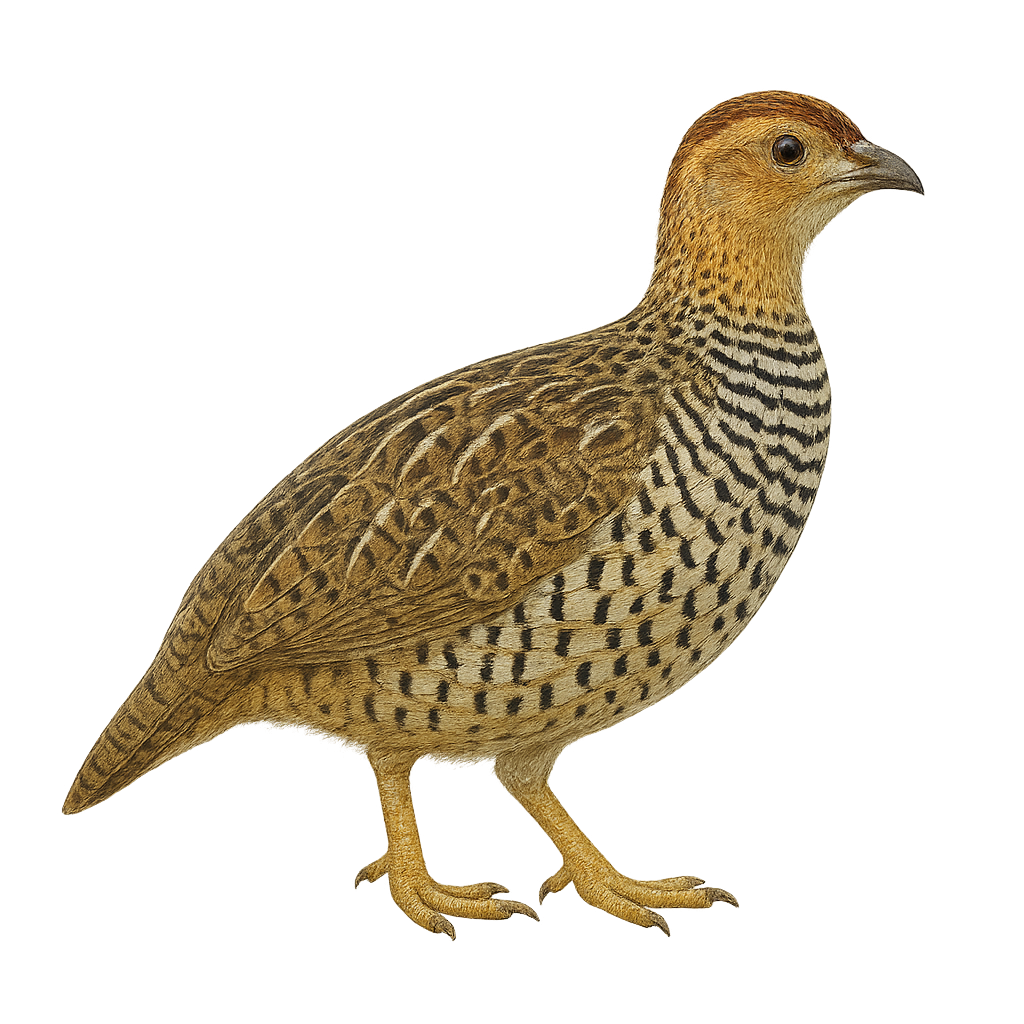Your wildlife photography guide.
Explore the coqui francolin in detail, study its behavior, prepare your shots.
Where to observe and photograph the coqui francolin in the wild
Learn where and when to spot the coqui francolin in the wild, how to identify the species based on distinctive features, and what natural environments it inhabits. The WildlifePhotographer app offers tailored photography tips that reflect the coqui francolin’s behavior, helping you capture better wildlife images. Explore the full species profile for key information including description, habitat, active periods, and approach techniques.
Coqui Francolin
Scientific name: Campocolinus coqui

IUCN Status: Least Concern
Family: PHASIANIDAE
Group: Birds
Sensitivity to human approach: Suspicious
Minimum approach distance: 10 m
Courtship display: December to January
Incubation: 18-20 jours
Hatchings: December to February
Habitat:
Savannas, open grasslands, shrublands
Activity period :
Primarily active during the day, with peak activity in the morning and late afternoon.
Identification and description:
The Coqui Francolin is a medium-sized terrestrial bird belonging to the Phasianidae family. It is primarily found in sub-Saharan Africa, frequenting savannas and open grasslands. This francolin is recognizable by its speckled brown plumage, which allows it to blend effectively into its natural environment. It has a relatively small head with a black cap and white cheeks. Males and females are similar, although males are slightly larger. The Coqui Francolin is a social bird, often seen in small groups. It primarily feeds on seeds, insects, and small invertebrates. Its breeding period varies by region but is generally linked to the rainy season when food is abundant.
Recommended lens:
400 mm – adjust based on distance, desired framing (portrait or habitat), and approach conditions.
Photography tips:
To photograph the Coqui Francolin, it is advisable to use a telephoto lens of at least 400mm to capture detailed images without disturbing the bird. Look for open areas like savannas or grasslands where these birds are often active. Be patient and discreet, as they can be suspicious. Use a tripod to stabilize your camera, especially when shooting from a distance. Take advantage of the early morning or late afternoon hours to benefit from soft, natural light.
From knowledge to field practice
A species profile helps you understand an animal. In the field, the challenge is often different. Remembering your own observations.
The WildlifePhotographer app allows you to:
• record your personal observations
• note locations, dates, and behaviors
• revisit your field references over time
• build a private and long-term field logbook
The app does not provide observation locations.
It helps you organize what you actually observe, with respect for wildlife.

